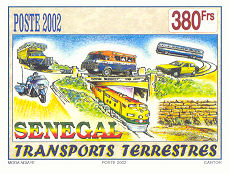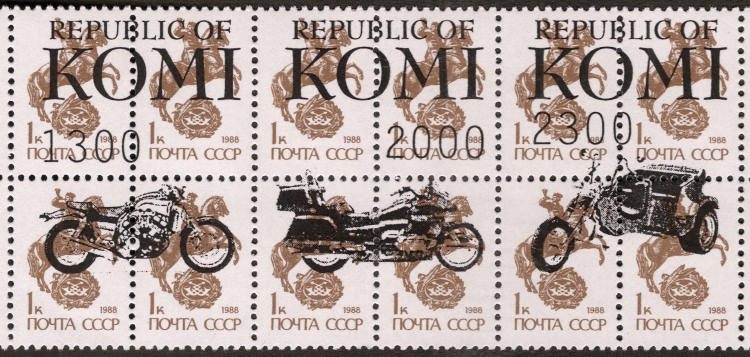WADP and WNS: lost labour?
Are we going to loose the fight against "theft" of our money? With the introduction in the 90ies of the club against stamp piracy WADP (World Association for Development of Philately), supported by the UPU, and the website WNS (World Numbering System, active since 2002) that is set up by this organization, we got a point of support against illegal stamp manufacturing. Postal administrations announce stamps that they are willing to issue to the UPU. When the design is not contrary to the rules and stamps from other countries, they receive a WNSnumber. Sometimes stamps are disapproved and not included in the WNS. An example is the Senegal stamp from 2002 that would have been interesting for us, but was not approved and thus not issued:

At this moment, almost 25 years later, the WNS-service is heavily under discussion. Several postal administrations complain that the costs are too high in relation to the yield, and that processing of announced stamps takes too long. Some scandinavian countries have already canceled their contract with WNS.
But stamps issued only to earn money, on expense of collectors, are nothing new. In the 50ies there were already the Middle-East countries that tried to fill their public treasury by stamp issues with nice pictures: the socalled "robbers states". After that a lot of privatelyowned states came with a flood of stamps, like Staffa, Lundy and Easdale.

Example of an issue from a "robbers state"
After the disintegration of the Sovjet Union we suddenly saw a lot of imprints on old USSR stamps, and a flood of thematic toothed pictures from completely unknown regions and (city)states, called "speculative issues".

Example of an imprint on old USSR stamps
Nowadays the rights to take care of the stamp issues of (mainly African) states are bought by private persons, often the same who have earned a lot of money with these fake-issues. This kind of stamps is now flooding the market. Those persons misues these rights, and thousands of stamps and hundreds of blocks per country are certainly not an exception.
WADP and WNS don't know exactly what to do with these issues, and up to now they are not included in their lists. But when the "agents" are going to claim their rights and force registration, these will probably also have to be included.
Also amongst philatelic journalists the aversion against this kind of issues increases. As a result they are talking about issues with a "footnote" in these cases.
But they are included more and more in the catalogues. For example the Senegal stamp mentioned above is included in the Michel catalogue, without a clear date of issue.
The WNS, started in 2002, counted 195 members at the end of 2012, while there are 235 postal administrations all over the world. We don't have to ask which countries are not a member.

The WADP targets to have all administrations under its wings in 2056. With the cancellation of the membership of amongst others Åland, Finland and Belgium, it is questionable if this target will ever be reached. We, as collectors, will have to follow our own strategy up to then.
Hans de Kloet
Top - Back to former page - Home |



